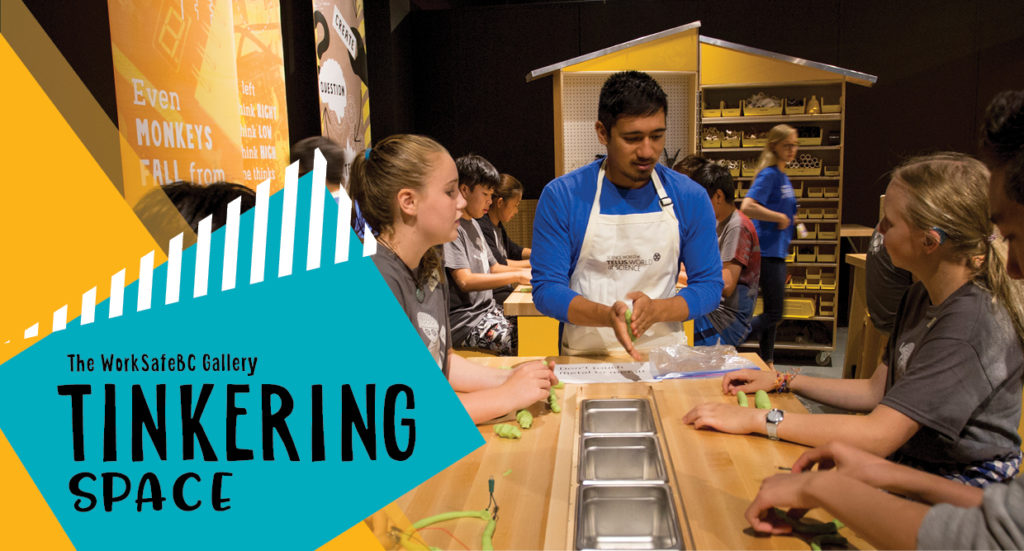In this Activity, students make their own electrochemical cells using vinegar and common household metals. Using a multimeter, students measure the current flowing through their circuits. In groups, students connect their cells in series to create a battery and light up an LED.
Electrochemical cells are one way of creating an electric current. These type of cells use stored chemical energy to move electrons. More than one cell together, this stored energy is called a battery. If we put many cells together, we can cause enough electrons to move through the circuit and we can light up a lamp, turn on the TV or play the stereo.
One way to measure the strength of these batteries is to measure its voltage. Voltage is the amount of potential energy available to move electrons from one part of a circuit to another.
Eventually, the cells will run out of the stored energy in their chemicals, and electrons will no longer be given up to flow in the circuit. The batteries will be "dead". We can simply dismantle this electrochemical cell and use or dispose of the components. We need to dispose of non-rechargable, commercially-made cells at a recycling facility or recharge them.


